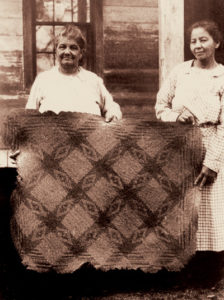Art
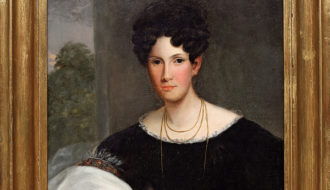
C. R. Parker
A Connecticut native, C. R. Parker was working as an artist in Louisiana, where he received a commission for several large portraits for the state capitol.

A Connecticut native, C. R. Parker was working as an artist in Louisiana, where he received a commission for several large portraits for the state capitol.
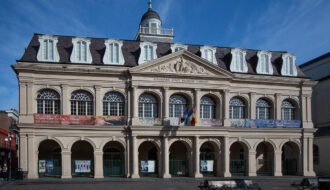
The Cabildo, one of three eighteenth-century structures that anchor New Orleans's Jackson Square, stands as a visual monument to Spanish rule in Louisiana.

This historic building in New Orleans has played an important role in Louisiana’s government and is now a museum.
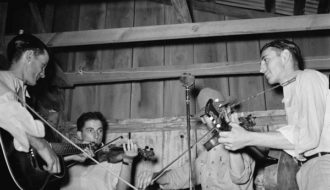
Cajun folklife is a field of study that describes, catalogs, and deciphers meaning within the vernacular culture of Acadian refugees who settled in Louisiana.
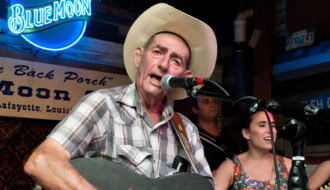
Cajun music is a genre that arose in southwestern Louisiana from the Francophone folk music traditions of the Acadians.

Louisiana’s Cajun music has been influenced by a rich blend of musical traditions.
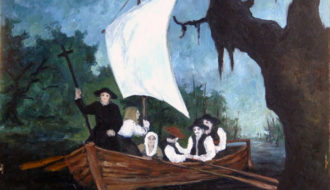
Cajuns are the descendants of Acadian exiles from what are now the maritime provinces of Canada–Nova Scotia, New Brunswick, and Prince Edward Island–who migrated to southern Louisiana.
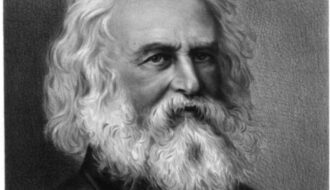
Acadians, Cajuns, and their history became part of American literature, often represented through romantic myth.
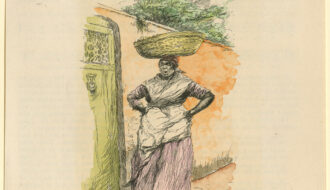
Fried rice cakes known as calas were once ubiquitous among New Orleans street vendors.
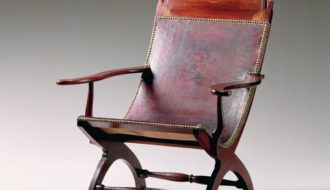
The Campeche chair, a leather or caned sling seat supported by a non-folding cross-frame, was in widespread use in the United States and New Spain in the first half of the nineteenth century.
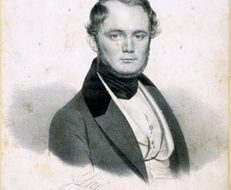
New Orleans native Charles Gayarré wrote the first complete history of Louisiana: a four-volume series entitled Louisiana History (1866).
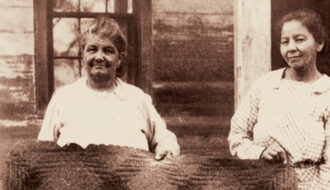
The Chitimacha Tribe is the only federally recognized tribe in Louisiana to still occupy part of its ancestral territory.
One-Year Subscription (4 issues) : $25.00
Two-Year Subscription (8 issues) : $40.00
